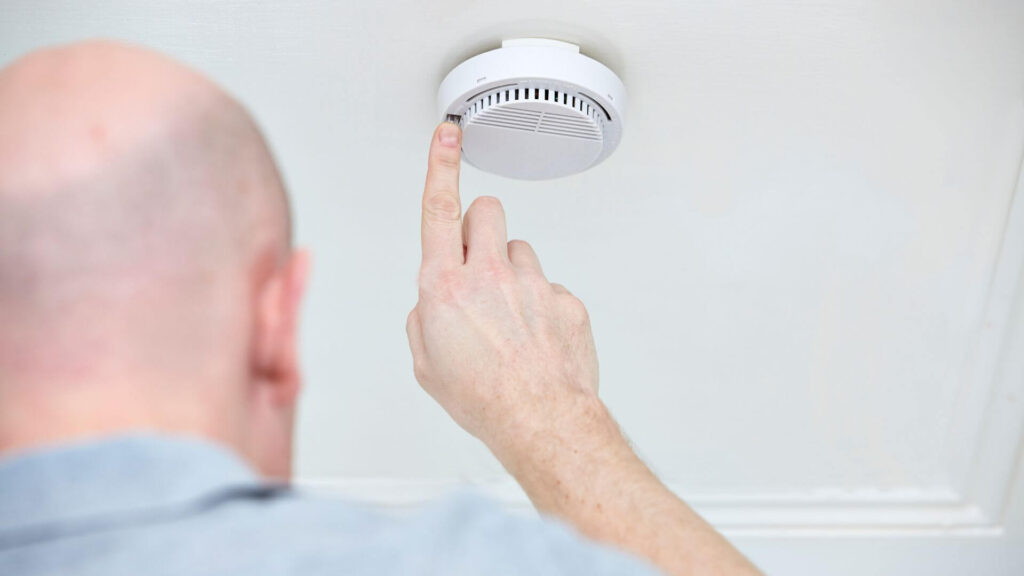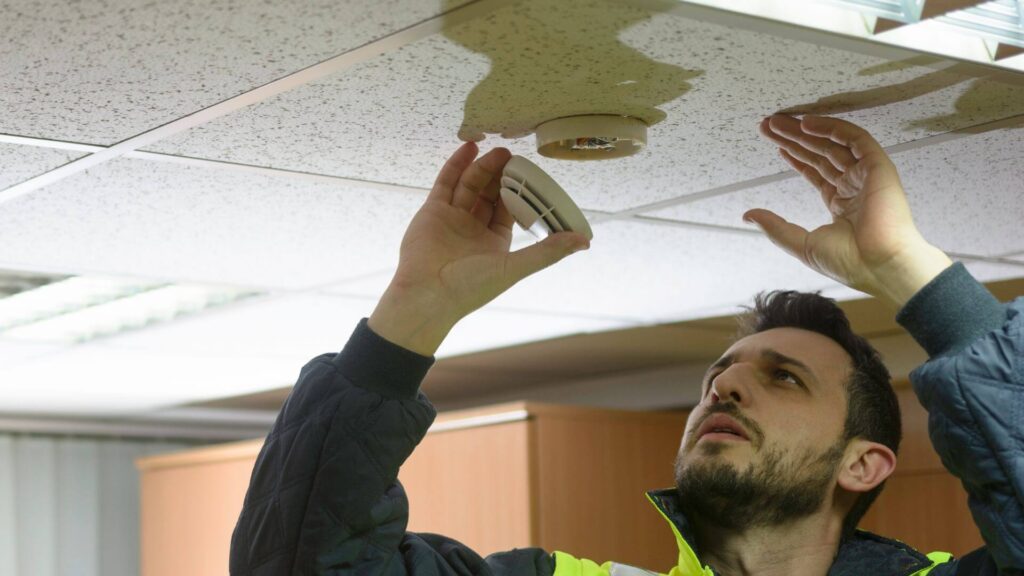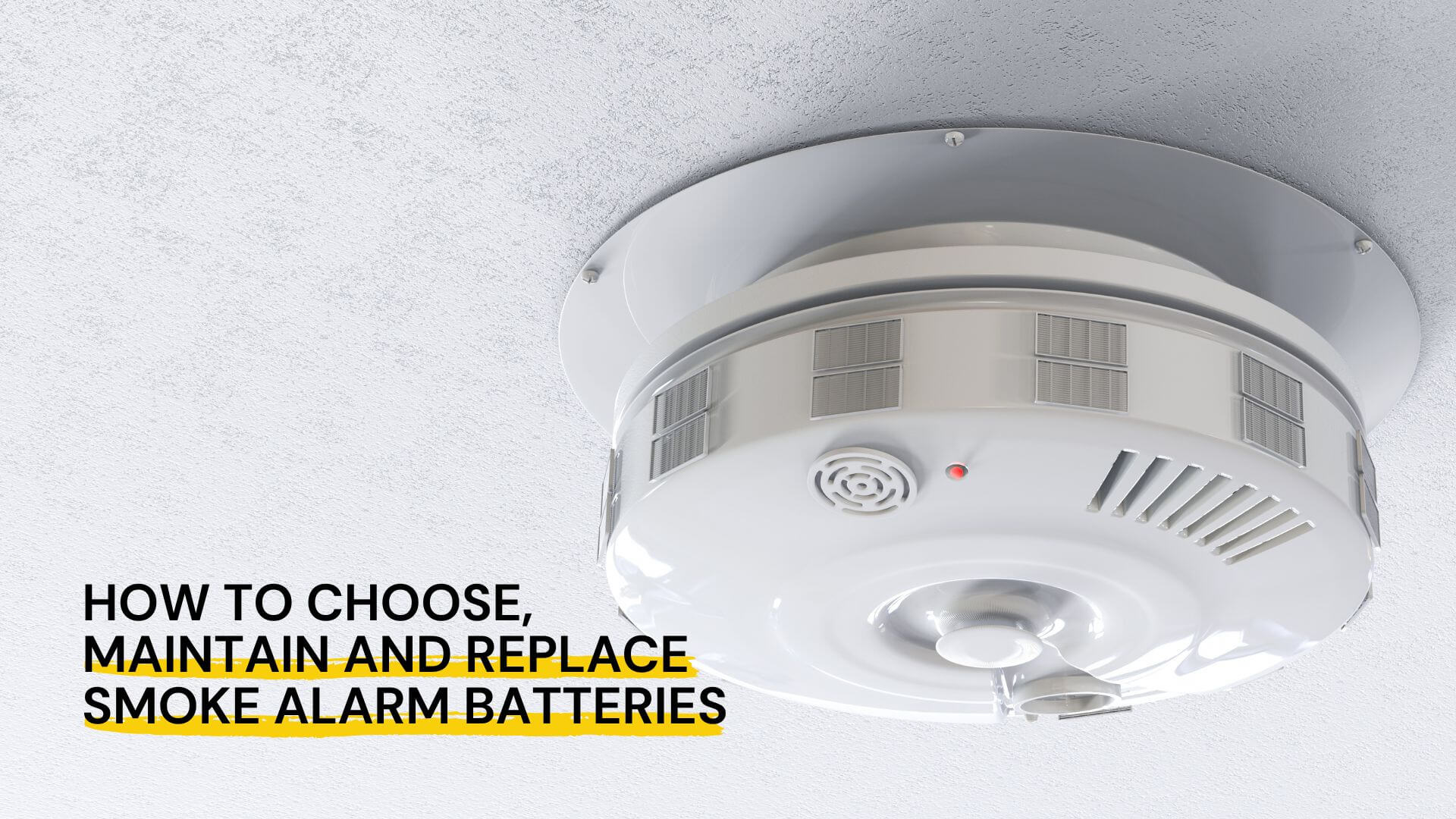Smoke alarms are a critical part of every home’s safety system, providing early warning in the event of a fire. But their effectiveness depends on a reliable power source—most often, a dedicated battery. Selecting the right smoke alarm battery, understanding how to maintain it, and knowing when and how to replace it are the essential steps to ensuring your smoke alarm always functions when you need it most.
Why Are Smoke Alarms Important?
Smoke alarms save lives by providing early alerts during fire emergencies. However, even the best smoke detectors are useless if their batteries fail. According to fire safety experts, a large percentage of residential fire fatalities could be prevented if homes had working smoke alarms—and most failures are due to missing or dead batteries.
How Are Smoke Alarms Powered?
There are two main types of smoke alarms:
- Battery-powered smoke alarms: These operate solely on batteries. With battery-only alarms, choosing the right type is critical.
- Hard-wired smoke alarms: These connect to your home’s electrical system but still rely on backup batteries in case of power failure.
Whichever type you use, the right battery is essential for uninterrupted operation.

How to Choose the Right Battery for Your Smoke Alarm
Types of Batteries
Sealed 10-year lithium batteries:
These are long-life cells integrated into the alarm—and the entire device is replaced after 10 years. They’re low maintenance but may cost more upfront.
Replaceable batteries (e.g., 9V batteries):
They need changing at least once a year, or when you hear the low-battery chirp.
What to Look For
- High quality and compatibility: Choose batteries specifically recommended by your smoke alarm’s manufacturer.
- Long-lasting performance: Opt for batteries from trusted brands like Uniross which offer high-performance alkaline, lithium, and rechargeable options compatible with major alarm models.
- Certification: Look for batteries with compliance certifications for safety and reliability.
How to Install and Replace Smoke Alarm Batteries
Step-by-Step Replacement Guide:
- Remove your smoke alarm from its mounting bracket.
- Open the battery compartment.
- Carefully remove the old battery.
- Insert a new, correctly oriented battery (check your alarm for the required type—usually 9V, AA, or sometimes lithium).
- Close the compartment and reattach the alarm.
- Press the test button to ensure functionality.
Tip: Always replace all the batteries in your alarms at the same time—don’t wait for the low-battery chirp.

How to Maintain Your Smoke Alarm and Batteries
- Test your smoke alarm monthly by holding the test button until the siren sounds.
- Clean the detector regularly to prevent dust from interfering with sensors.
- Replace batteries at least once every year unless using a sealed 10-year model.
- Use quality batteries—cheaper cells risk faster drain and unreliability.
If you’re using rechargeable batteries, always charge according to safety instructions and replace them if performance drops.
Common Issues: What to Do When Your Alarm Beeps
- Regular beeping: Usually signals a low battery. Replace it immediately to restore your alarm’s function.
- Random chirping: Check for battery placement, dirt buildup, or alarms reaching their expiry date.
When to Replace the Entire Smoke Alarm
Smoke alarms, even with fresh batteries, must be replaced every 10 years or as recommended by the manufacturer.
Fire Safety Tips
- Make alarm checks and battery replacement a family routine—note the date!
- Consider keeping spare Uniross batteries at home.
- Properly dispose of used batteries at certified recycling points.







